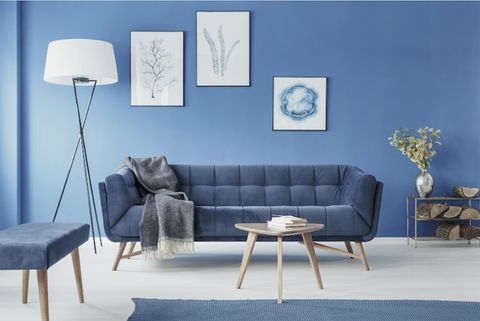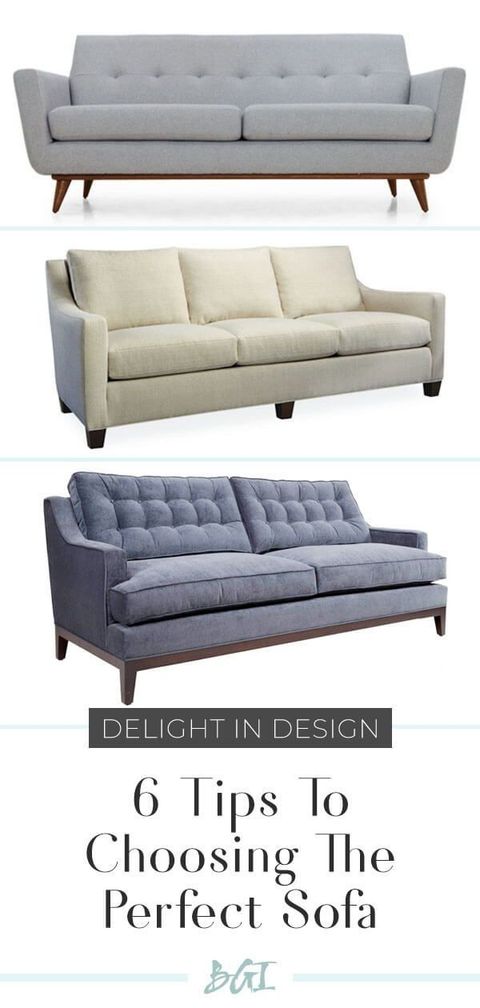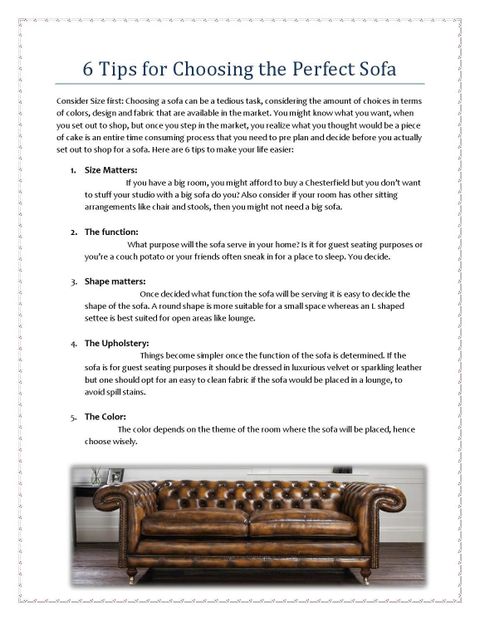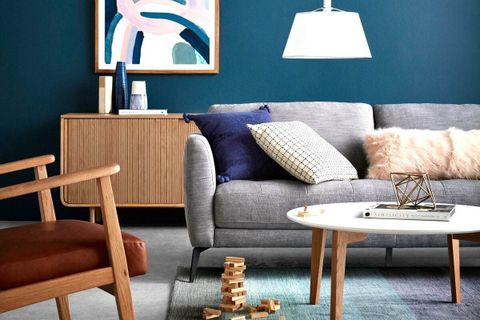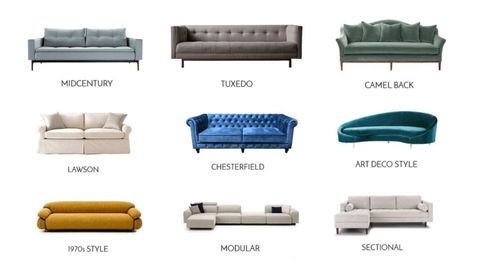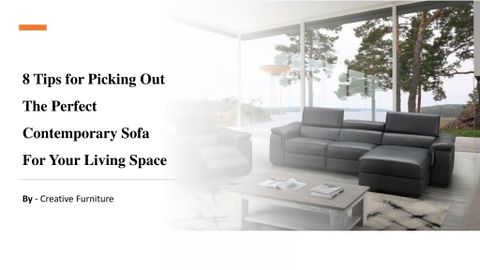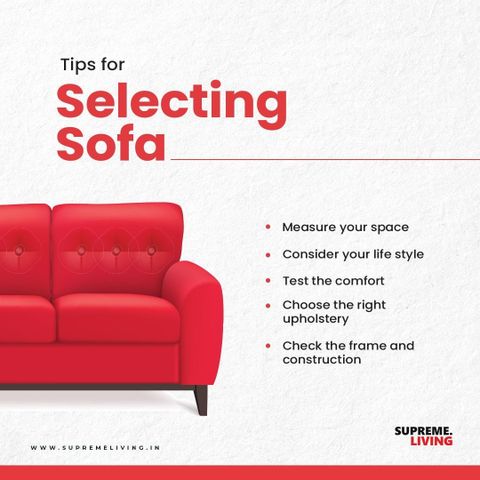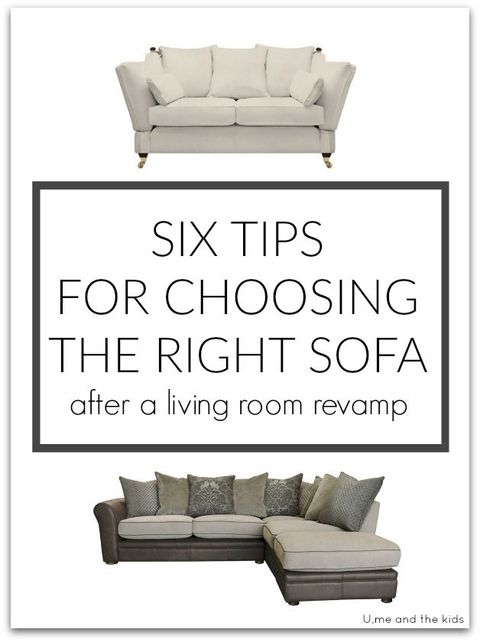That feeling when you sink into a perfect sofa after a long day – pure bliss, right? But getting there? It can sometimes feel like a quest. So many choices, so many details to consider. Don’t fret. We’ve put together a straightforward guide, a kind of ultimate checklist, to help you navigate the wonderful world of sofas and land on the one that’s just right for your home and your life. Let’s make this decision a joy, not a chore.
Choosing a sofa is a big deal. It’s often the centerpiece of your living space, a spot for relaxation, entertainment, and maybe even a nap or two. It needs to look good, feel good, and stand the test of time (and maybe spilled popcorn). But with endless styles, materials, and configurations, where do you even begin? This guide is designed to simplify the process, breaking down all the essential elements you need to think about. Consider this your roadmap to sofa satisfaction.
1. Size and Space: Do the Math (and the Measure)
This is where we start, and it’s super important. Before you fall in love with a giant sectional or a tiny chaise, grab that tape measure.
- Measure your room: Know the length and width of the space where the sofa will live. Don’t forget to account for other furniture and walkways. You don’t want to end up playing Tetris with your living room.
- Measure your doorways and hallways: Seriously, have you ever tried to maneuver a bulky sofa through a narrow doorway? It’s not fun. Make sure your chosen couch can actually get into your house. Measure doorways, stairwells, and tight corners.
- Consider the scale: A massive sofa can overwhelm a small room, while a petite one might look lost in a grand space. Think about the proportions. A good rule of thumb is that the sofa should occupy about one-third of the longest wall in the room.
2. Style and Aesthetics: What’s Your Vibe?
Your sofa should complement your home’s existing decor. Are you leaning towards modern, traditional, bohemian, or something else entirely?
- Modern/Contemporary: Often features clean lines, minimalist designs, and neutral colors. Think sleek silhouettes and metal accents.
- Traditional: Characterized by classic shapes, detailed carvings, and often richer fabrics like velvet or brocade. Rolled arms and skirted bases are common.
- Mid-Century Modern: Known for its tapered legs, organic shapes, and a blend of wood and fabric. It’s retro yet timeless.
- Farmhouse/Rustic: Embraces comfort and natural materials. Think cozy fabrics, overstuffed cushions, and perhaps a more relaxed, lived-in feel.
- Transitional: A blend of traditional and contemporary elements, offering a balanced and versatile look.
Look around your home. What colors and shapes are you drawn to? What kind of mood do you want to create? Your sofa is a key player in setting that tone.
3. Material Matters: Fabric, Leather, and Beyond
The fabric or material of your sofa impacts its look, feel, durability, and how easy it is to care for. This is a crucial point, especially if you have kids or pets.
- Fabric Options:
- Cotton & Linen: Breathable and comfortable, but can be prone to wrinkling and staining. Great for lower-traffic areas.
- Polyester & Microfiber: Durable, stain-resistant, and easy to clean. A popular choice for families.
- Velvet: Luxurious and soft, but can show wear over time and requires specific cleaning methods.
- Performance Fabrics: Specifically designed to resist stains, wear, and fading. Excellent for busy households.
- Leather Options:
- Full-Grain/Top-Grain: The highest quality, durable, and develops a beautiful patina over time. It’s also pricier.
- Bonded Leather: More affordable, but less durable and can peel over time.
Think about your lifestyle. Do you need something that can withstand spills and pet claws, or are you looking for pure, unadulterated luxury? And don’t forget to consider how the fabric feels to the touch. Sit on it. Lounge on it. How does it feel against your skin?
4. Construction and Quality: Built to Last
A beautiful sofa is great, but a well-built sofa is even better. This is where you invest in longevity.
- Frame: Look for a solid wood frame (kiln-dried hardwood is best). Avoid particleboard or plastic frames, as they won’t hold up well. Check for sturdy joinery – dowels, screws, and corner blocks are good signs.
- Suspension System: This is what supports the cushions. Options include:
- Eight-way hand-tied springs: The gold standard – durable and provides even support.
- Sinuous springs: A common and good option, offering consistent support.
- Webbing: Less durable and best for lighter-duty sofas.
- Cushion Core: What’s inside the cushions? Foam, down, or a combination? High-density foam will retain its shape better than low-density. Down offers a plush, sink-in feel but requires regular fluffing.
Don’t be afraid to ask about the construction. Reputable retailers and manufacturers will be happy to share details about how their sofas are made. You can often gauge quality by the weight of the piece and how sturdy it feels when you push on the frame.
5. Comfort is King (or Queen!): Test Drive Your Dream Sofa
This is non-negotiable. A sofa has to be comfortable for you. What feels good to one person might not to another.
- Sit, Lie Down, Lounge: Don’t just perch on the edge. Really test it out. Sit with your back against the cushions, lie down as if you were watching a movie, and try different positions.
- Seat Depth: Do you prefer to sit upright, or do you like to tuck your legs under you? Deeper seats are great for lounging, while shallower seats can be better for more formal sitting.
- Back Height: A higher back offers more support for your head and neck, while a lower back can create a more open and modern feel.
- Arm Style: Are you an arm-rest-sleeper, or do you prefer something sleek and unobtrusive? Rolled arms, track arms, and armless designs all offer different levels of comfort and aesthetic.
If you’re buying online, read reviews specifically mentioning comfort. If possible, try to sit on a similar model in a showroom. Your body will thank you.
6. Budget and Value: Investing Wisely
Sofas range wildly in price, and it’s easy to get sticker shock. The key is to find the best value for your money.
- Set a Realistic Budget: Know how much you’re willing and able to spend before you start shopping. This will help narrow down your options.
- Consider Long-Term Value: A more expensive sofa made with high-quality materials and construction might actually be a better investment in the long run than a cheaper one that needs replacing in a few years.
- Look for Sales and Promotions: Keep an eye out for holiday sales or store-wide discounts. Sometimes, waiting for a sale can save you a significant amount.
- Factor in Delivery Costs: Don’t forget to include delivery fees in your overall budget. Some retailers offer free delivery, while others charge a substantial amount.
Think of your sofa as an investment in your home and your well-being. The right one can bring years of comfort and enjoyment. It’s worth taking the time to get it right.
So, there you have it. A comprehensive rundown of what to consider when hunting for that dream sofa. It’s a journey, for sure, but by breaking it down into these key steps – size, style, material, construction, comfort, and budget – you can approach the process with confidence. Remember, the perfect sofa isn’t just about looks; it’s about how it fits into your life, how it feels to use every day, and how well it’s built to endure. Happy sofa hunting. May your lounging be legendary!

